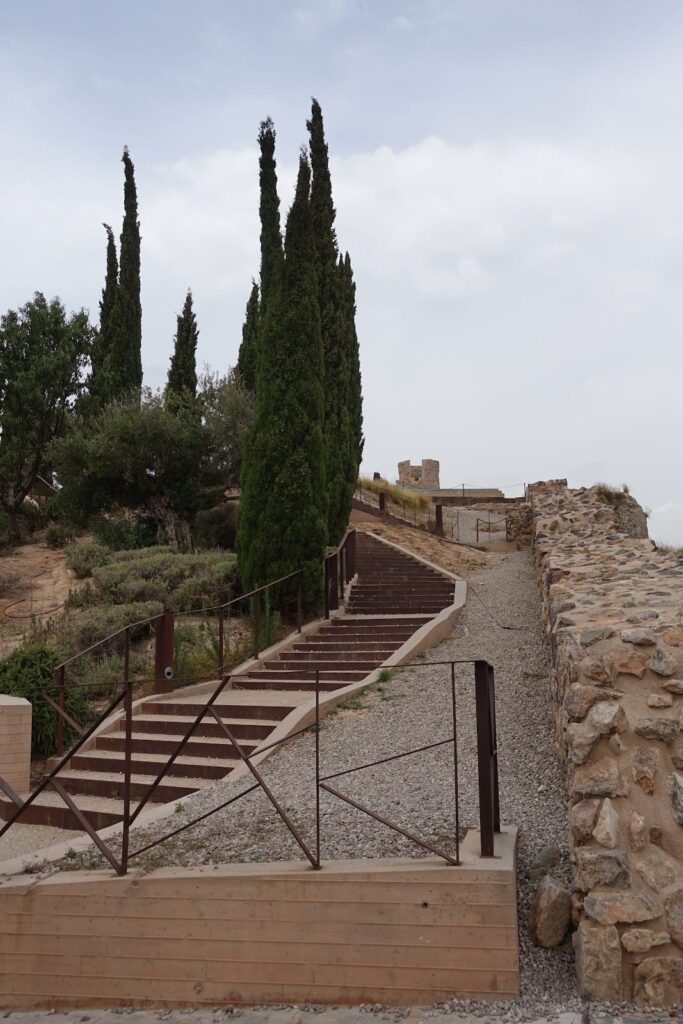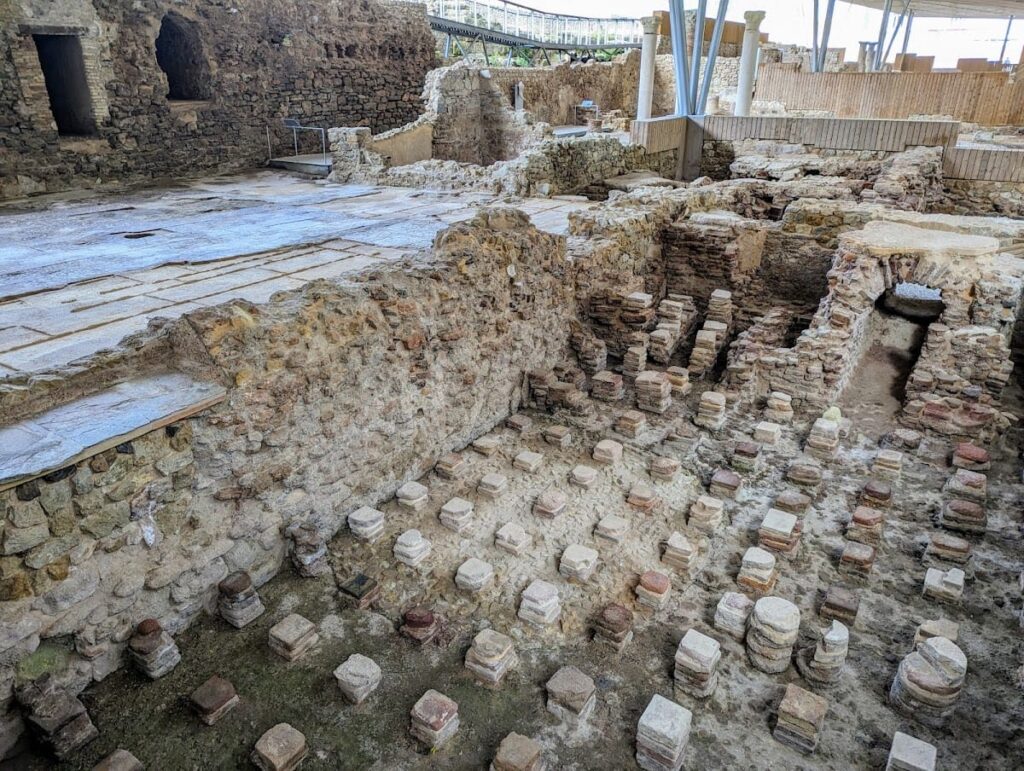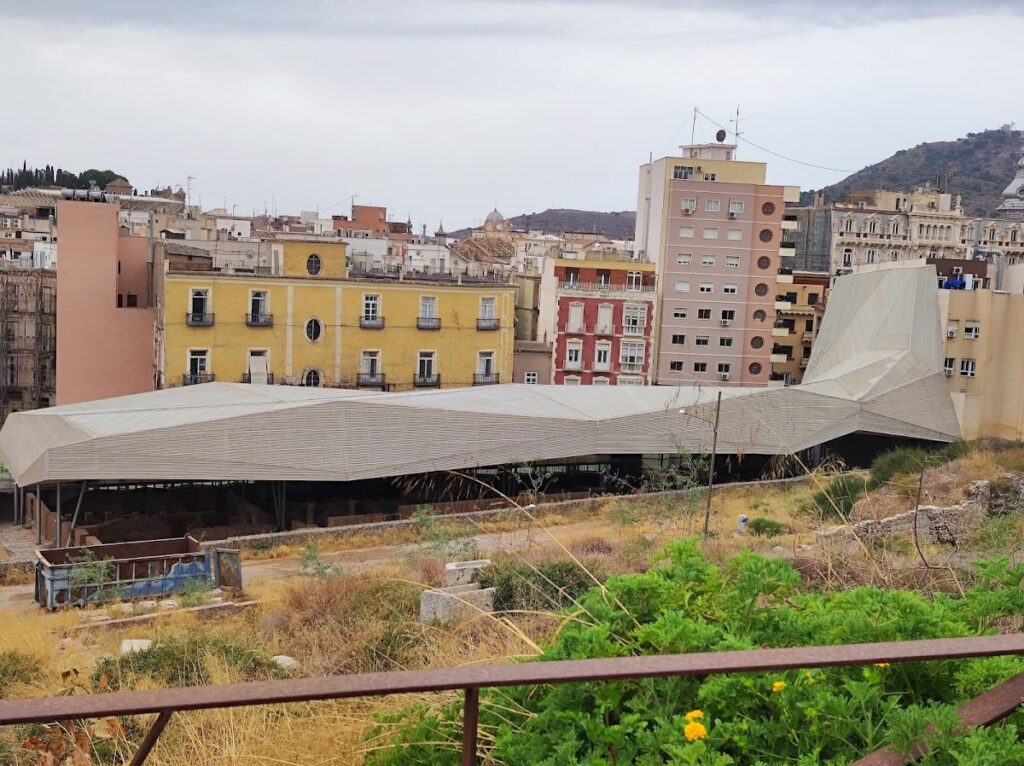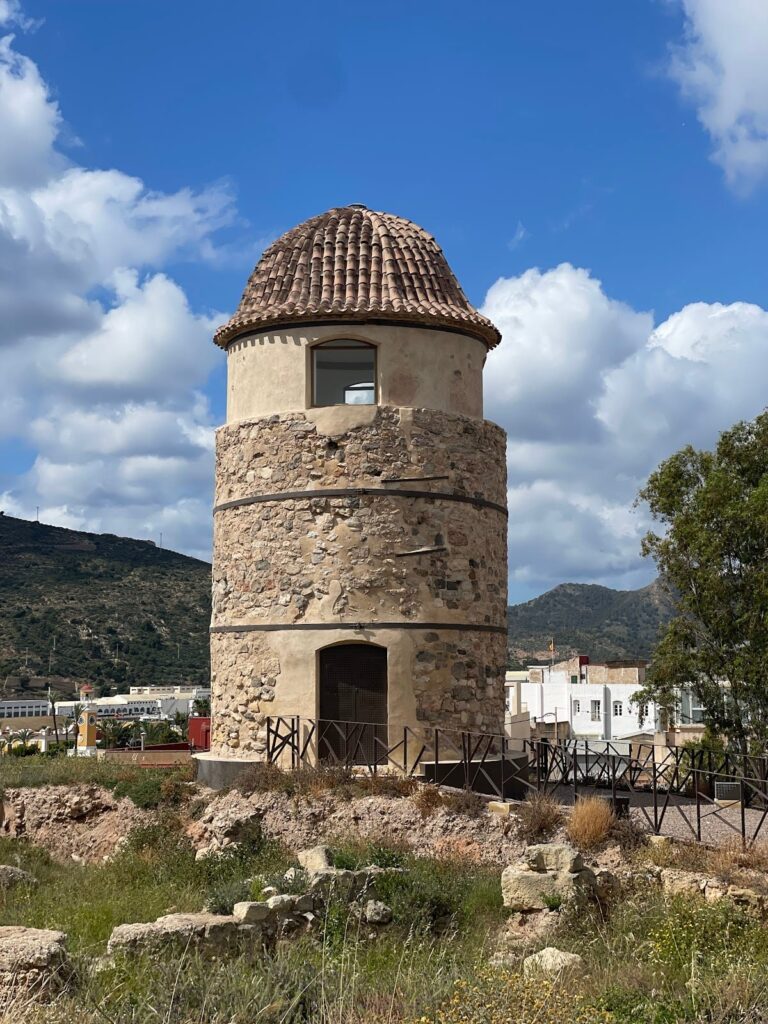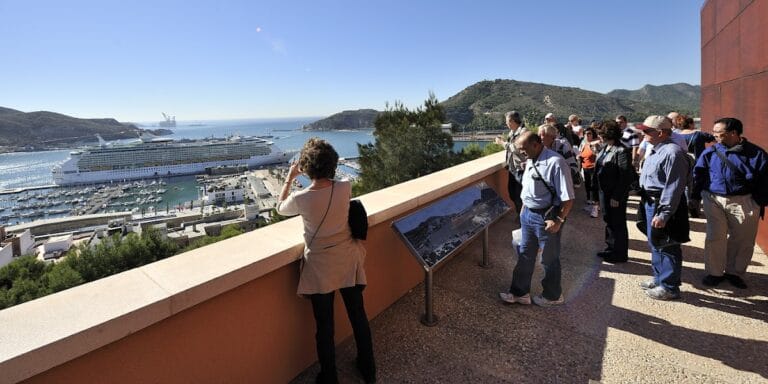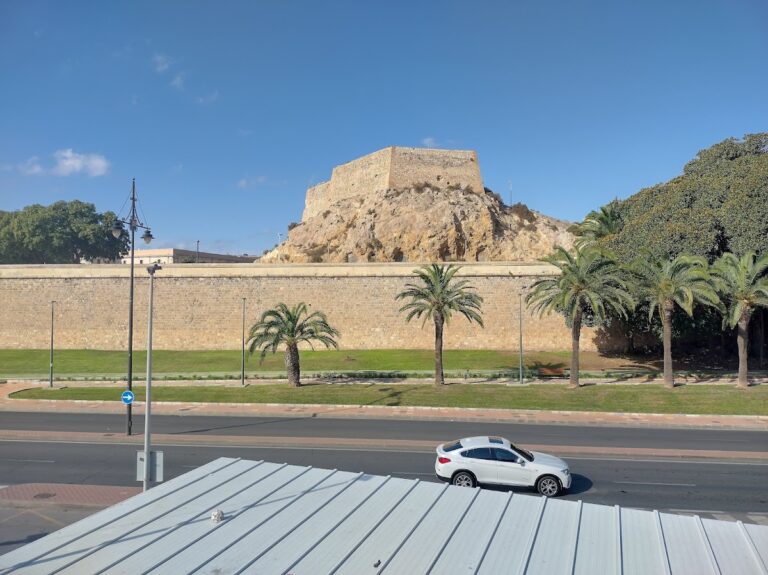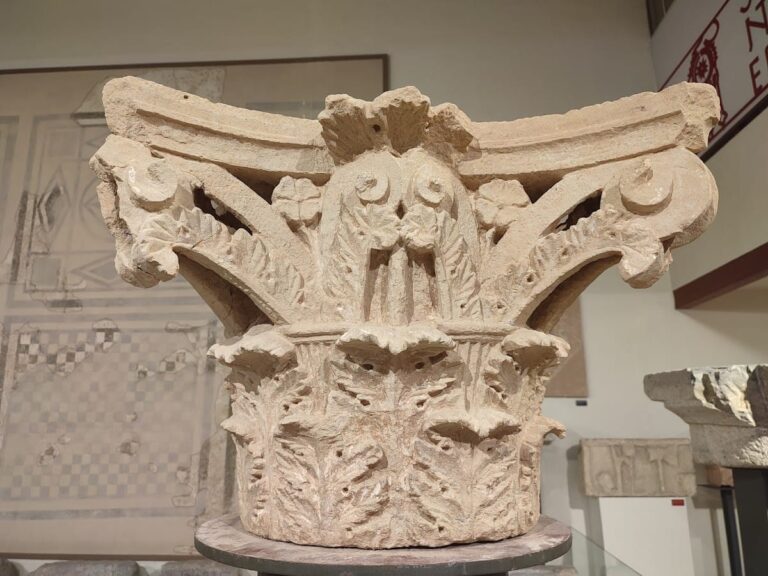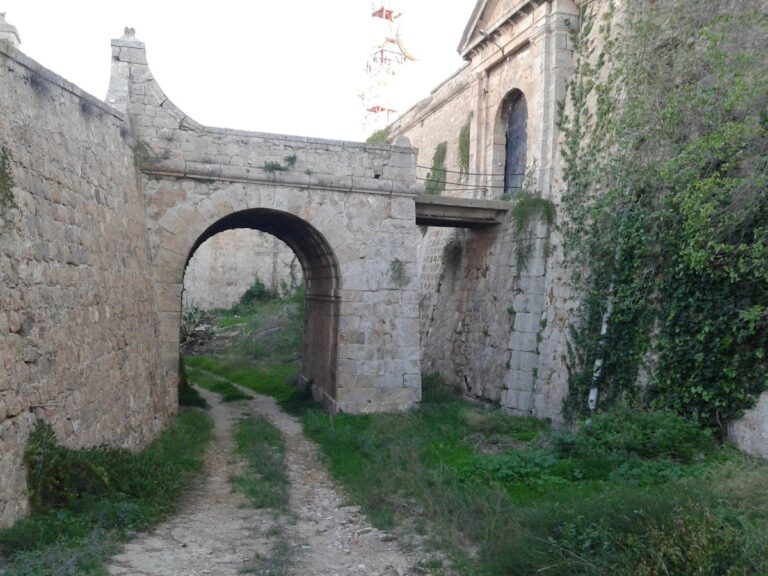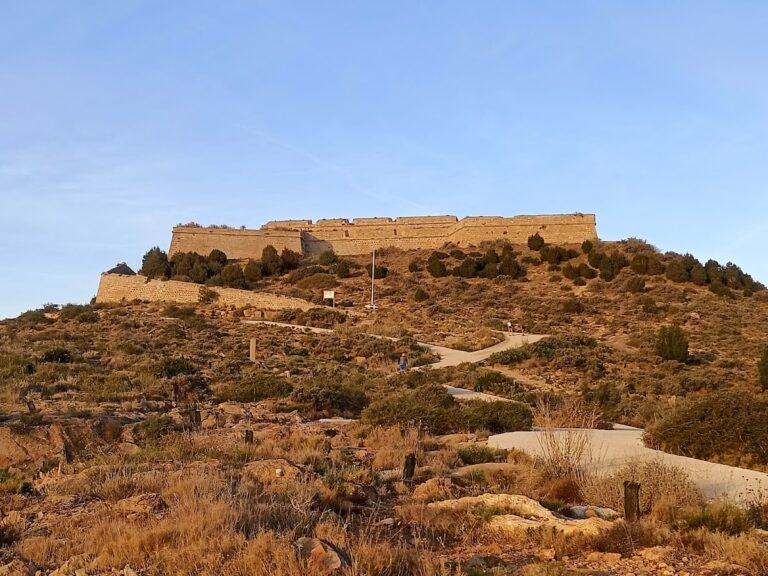Cerro del Molinete Park: Historical and Archaeological Site in Cartagena, Spain
Visitor Information
Google Rating: 4.4
Popularity: Low
Google Maps: View on Google Maps
Official Website: puertodeculturas.cartagena.es
Country: Spain
Civilization: Phoenician, Roman
Remains: City
History
Cerro del Molinete Park, located in Cartagena, Spain, occupies a hill that was a central part of the ancient city known as Qart Hadasht, founded by the Carthaginians. This site, originally called Arx Asdrubalis, was one of five hills that defined the city’s urban area. According to the historian Polybius, it hosted the palace of Hasdrubal the Fair, a Carthaginian general credited with establishing the city, although archaeological efforts have yet to locate this palace.
During the Roman period, the hill continued to play an important role in the city’s religious and administrative life, seen through the construction of a forum and temples dedicated to the Roman Triad—Juno, Jupiter, and Minerva—around the 1st century CE. These developments reflect the transition of the site from its Carthaginian roots to Roman governance.
In the 16th century, the strategic importance of Cerro del Molinete was recognized again when King Philip II ordered its fortification. Duke Vespasiano I Gonzaga oversaw the building of a defensive wall along the hill’s northern slope. Military engineer Juan Bautista Antonelli designed this wall, intended to strengthen the city’s defenses. However, the fortifications quickly fell into ruin, partly due to the use of inferior materials during construction.
Later centuries brought different uses as the hill adapted to the changing urban landscape. In the 17th century, grain mills occupied the site, taking advantage of its slopes and access to water. The 18th century saw the arrival of brothels, a consequence of the influx of foreign workers engaged in extensive building projects commissioned by King Charles III. These projects included arsenals, walls, castles, and barracks that reshaped Cartagena’s infrastructure.
Interest in the historical value of Cerro del Molinete revived in the late 20th century following the area’s clearance for archaeological study. Extensive excavations began in the late 1970s under the direction of Pedro Antonio Sanmartín Moro, then head of the local Archaeological Museum. These efforts exposed the site’s rich layers, from Iberian-Punic foundations to Roman public spaces and religious buildings. Protective measures were put in place to prevent damage and looting, ensuring the preservation of this key urban site.
In the early 2000s, excavations revealed a significant marble statue of Emperor Augustus dating from the 1st century CE, connecting the site to imperial Roman imagery. More recently, in 2015, scholarly research has supported the traditional view of the hill as the location of Hasdrubal’s palace, reinforcing its importance in Carthaginian history.
Remains
Cerro del Molinete Park features a complex arrangement of archaeological remains, reflecting its long history as a religious, administrative, and urban center. The layout includes terraces upon which several important structures were built. Among the most notable are the remains of a Capitoline temple complex, consisting of three adjoining temples dedicated respectively to the deities Juno, Jupiter, and Minerva. These temples stand on a terrace overlooking a Roman forum, an open public space measuring roughly 30 to 40 meters wide. The forum served as a civic and social hub during the Roman era.
Beneath a 17th-century mill—later adapted as the hermitage of Saint Christopher—archaeologists uncovered water reservoirs, known as castellum aquæ, which supplied Carthago Nova with water. These stone-lined reservoirs were part of an engineered network that also provided water to thermal baths situated directly underneath them. The discovery of these baths indicates an integrated system of public amenities supported by this water supply.
Deeper within the site lie large, well-preserved walls reaching about two meters in height, attributed to a Carthaginian sanctuary. Constructed from substantial stone blocks, this sanctuary features a semicircular altar made from rows of curved terracotta bricks. Numerous clay bowls used for libations—ritual offerings of liquid—are found here. The style and material of the pottery link this sanctuary to Punic colonies in Sicily and the Iberian Peninsula, suggesting that ritual fire ceremonies took place at this location. If confirmed, this sanctuary would be the largest known building from the Barcid era in Qart Hadasht.
In the early 21st century, near the hill’s base, a large marble statue of Emperor Augustus was discovered. Carved from Carrara marble in the 1st century CE, this statue originally lacked the head and hands, which were later partially recovered and restored. Its style closely resembles the famous statue of Augustus found on the Via Labicana in Rome. Today, this statue is exhibited at the local Roman Theatre Museum, highlighting the site’s connections to imperial Roman art and authority.
The northern slope of the hill also carries remnants of the 16th-century fortifications. A defensive wall, running east to west, constructed under the guidance of Juan Bautista Antonelli during the reign of Philip II, can be traced despite its poor condition. These fortifications mark an important chapter in the site’s military history, although they did not endure well over time due to the use of inferior construction materials.
Overall, the combination of Carthaginian sanctuaries, Roman public buildings, water infrastructure, and later historical modifications demonstrate Cerro del Molinete’s evolving urban and ceremonial functions across centuries. The preservation of these layers offers a unique glimpse into the long historical narrative embedded in this hilltop site.
